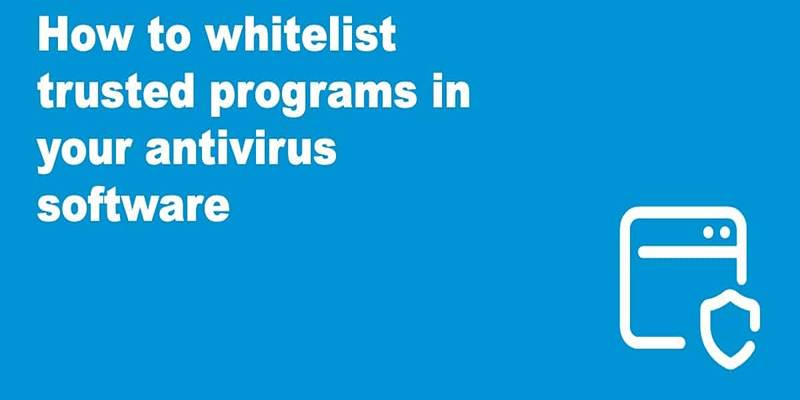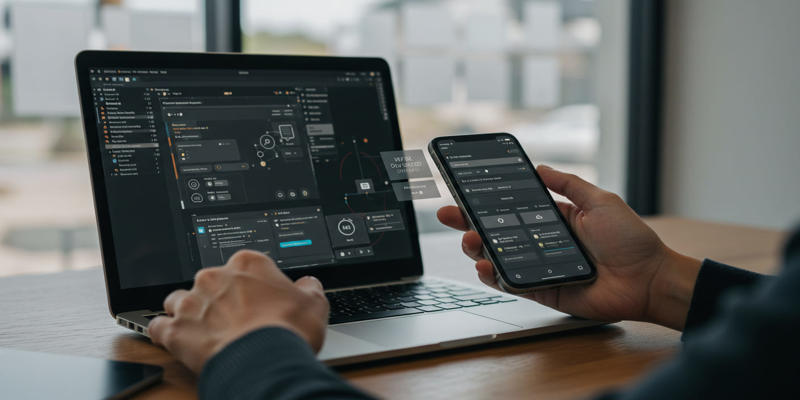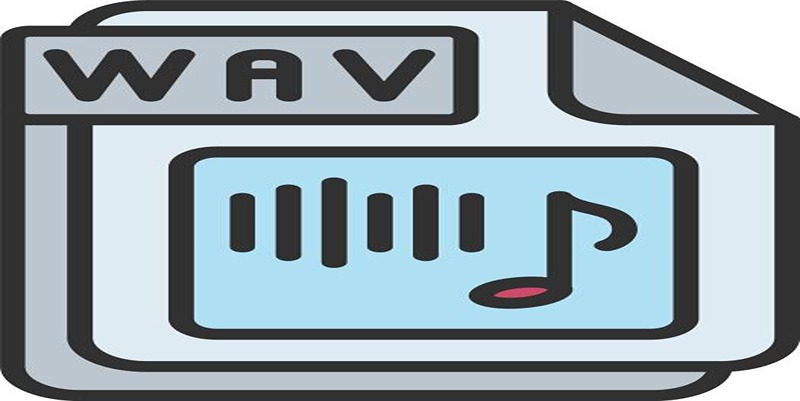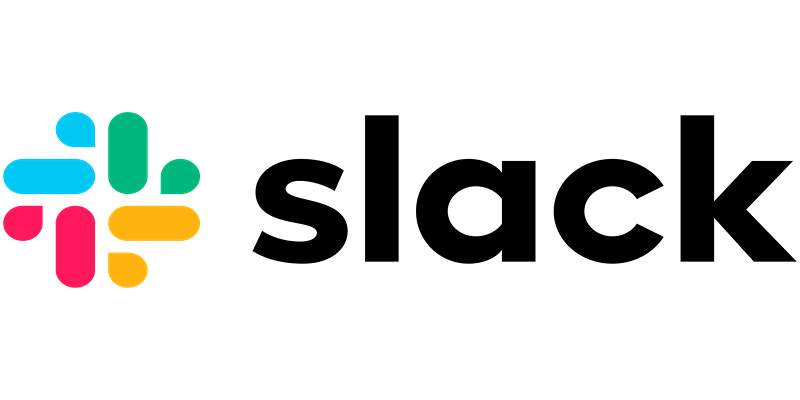Dark Web Monitoring Tools: Common Failures and Smarter Solutions
As cybercrime rises, tools that search the dark web for leaks to protect sensitive data are in demand. Many people and companies use dark web tracking tools to discover stolen passwords, leaked papers, or financial information before it does much damage. These tools say they will let you know quickly when data shows up in secret markets or groups, but they don't always do what they say they will.
Many dark web monitoring tools don't work well, even though they are very popular. They either don't notice threats or send alerts after the damage is done. The question is: why? More importantly, what can be done to make them work better?
This piece breaks down the main reasons why dark web tracking tools don't work and gives you useful tips for improving danger detection, whether you're an individual trying to keep your name safe or a security team protecting company assets.
What Is Dark Web Monitoring?
Dark web monitoring refers to scanning hidden parts of the internet—specifically dark web forums, marketplaces, and encrypted networks—for leaked or stolen data. These tools look for:
- Compromised email addresses
- Passwords and login credentials
- Credit card or banking information
- Confidential documents or trade secrets
- Personally identifiable information (PII)
The goal is to alert users when this data appears online so they can act quickly—resetting passwords, contacting banks, or taking legal action if necessary.
Why Do Dark Web Monitoring Tools Often Fail?

1. Limited Coverage of the Dark Web
The dark web is massive, fragmented, and constantly evolving. Unlike the surface web, it's not indexed by traditional search engines. Many threat actors use invite-only forums, encrypted communication apps, or custom marketplaces that are inaccessible through standard crawling methods.
Most dark web monitoring tools can only scan a small portion of the dark web. They rely on databases they've previously accessed or scraped, which means they might miss new or hidden sources where fresh leaks are being traded.
2. Delays in Detection
Even when monitoring tools do detect compromised data, it often happens after the breach has already occurred. There's typically a delay between the initial data theft, its sale on the dark web, and its detection by security tools.
When an alert is sent, credentials might already be exploited—emails hacked, bank accounts accessed, or identities stolen.
3. Lack of Contextual Alerts
Not all dark web alerts are helpful. Some tools generate vague messages like "Your email was found in a data dump" without specifying when or where the breach occurred. Without context, users can't assess the urgency or relevance of the threat.
This lack of clarity can lead to alert fatigue, where users ignore warnings altogether—even when real threats exist.
4. Reliance on Historical Data
Some tools don't monitor the dark web in real time. Instead, they search through old breach archives and public data dumps circulated for months or years. While this can still be helpful, it doesn't provide early detection or proactive defense.
In these cases, the "monitoring" is more reactive than preventative.
5. No Automated Response Options
Even when a legitimate alert is triggered, many tools don't offer automation features like triggering a password reset, deactivating compromised accounts, or alerting third-party apps. Without these actions, detection alone isn't enough to stop further exploitation.
How to Improve Dark Web Monitoring?

Despite its limitations, dark web monitoring remains valuable to a larger cybersecurity strategy. Here's how to make it more effective:
1. Choose Tools with Real-Time Monitoring
Look for vendors that offer real-time or near-real-time scanning of the dark web. These platforms often work with threat intelligence networks, human analysts, or AI-driven crawlers to gather data from active forums and marketplaces as events unfold.
Vendors who partner with security researchers or have access to threat actor circles are more likely to catch new leaks early.
2. Use Multi-Layered Security with Monitoring
Dark web monitoring alone is not enough. Pair it with:
- Multi-factor authentication (MFA)
- Strong password policies
- Endpoint detection and response (EDR)
- Network monitoring
- Employee training on phishing and credential hygiene
Together, these layers reduce the chances of credentials being leaked in the first place—and ensure you're not relying solely on dark web alerts to catch threats.
3. Customize Alerts and Prioritize Context
Choose tools that offer detailed, contextual alerts. The best platforms tell you what type of data was found, where it was detected, the associated risk level, and suggested actions.
This context allows you to respond quickly and prioritize critical threats without getting overwhelmed by low-risk warnings.
4. Integrate with Incident Response Workflows
For organizations, integrating dark web monitoring tools with your incident response plans or SIEM (Security Information and Event Management) systems can automate protection steps.
For example:
- Automatically disable user accounts tied to breached credentials
- Notify IT or security teams instantly
- Trigger workflows to enforce password resets
The faster you respond, the more damage you prevent.
5. Train Teams to Interpret and Act on Alerts
Even the most advanced tools are only as good as those using them. Provide training for your team on:
- How to interpret dark web monitoring alerts
- What steps to take when data is compromised
- Who to contact internally for response coordination
This ensures a smooth, fast, and effective reaction when triggering alerts.
Bonus: Should Individuals Use Dark Web Monitoring?
Yes—but with realistic expectations. If you're using a consumer tool like the ones offered by identity protection services (e.g., Norton, Aura, or LifeLock), they can still be useful for:
- Monitoring personal emails, passwords, and financial info
- Alerting you to old breaches, you may have missed
- Providing simple guidance on what to do if your data is found
However, don't rely on these tools as your only defence line. Practicing strong password management, using a password manager, enabling MFA, and being cautious about phishing links go a long way toward staying secure.
Conclusion
Dark web monitoring tools are important but imperfect. They often fail due to limited reach, delayed detection, vague alerts, or a lack of integrated response options. However, when used strategically—alongside other security layers—they can provide valuable early warnings and help reduce damage from data leaks.
By choosing the right tool, combining it with smart security practices, and ensuring you can act quickly on alerts, you'll greatly improve your defense against hidden cyber threats lurking in the internet's dark corners.
On this page
What Is Dark Web Monitoring? Why Do Dark Web Monitoring Tools Often Fail? 1. Limited Coverage of the Dark Web 2. Delays in Detection 3. Lack of Contextual Alerts 4. Reliance on Historical Data 5. No Automated Response Options How to Improve Dark Web Monitoring? 1. Choose Tools with Real-Time Monitoring 2. Use Multi-Layered Security with Monitoring 3. Customize Alerts and Prioritize Context 4. Integrate with Incident Response Workflows 5. Train Teams to Interpret and Act on Alerts Bonus: Should Individuals Use Dark Web Monitoring? ConclusionRelated Articles

Selecting and Leveraging effective Marketing Channels

Whitelisting Guide: Allow Safe Websites Blocked by Antivirus

Choosing the Right App Builder for Your Needs

How to Convert HEIC to JPEG Online Without Extra Apps or Programs

Solving Grammarly Issues in Google Docs: Quick and Simple Fixes

How to Convert MPEG to WAV: A Step-By-Step Guide

Usability Testing Simplified: 8 Must-Have Tools for 2025

Using Writer for Enterprise Generative AI Solutions

How to Fix Slack Lag and Speed Up Notifications Effectively

The Best Email Drip Campaign Software: Top Picks for Seamless Automation

What is a Cache? Understanding Its Role and Benefits of Clearing It

 knacksnews
knacksnews